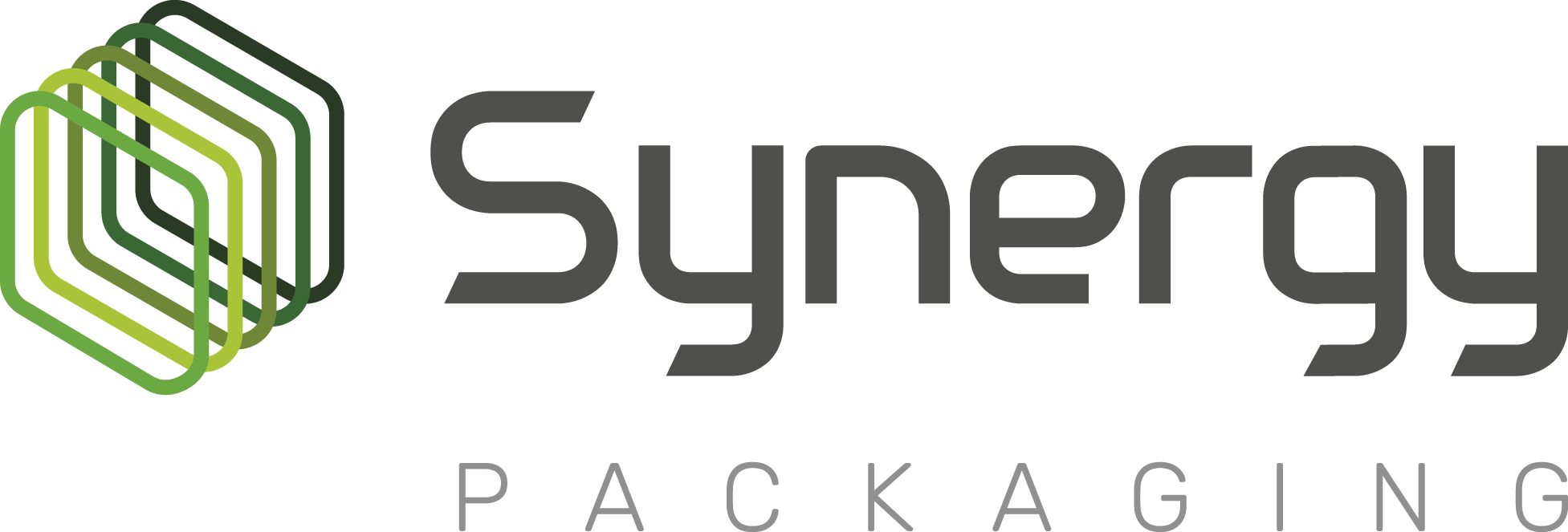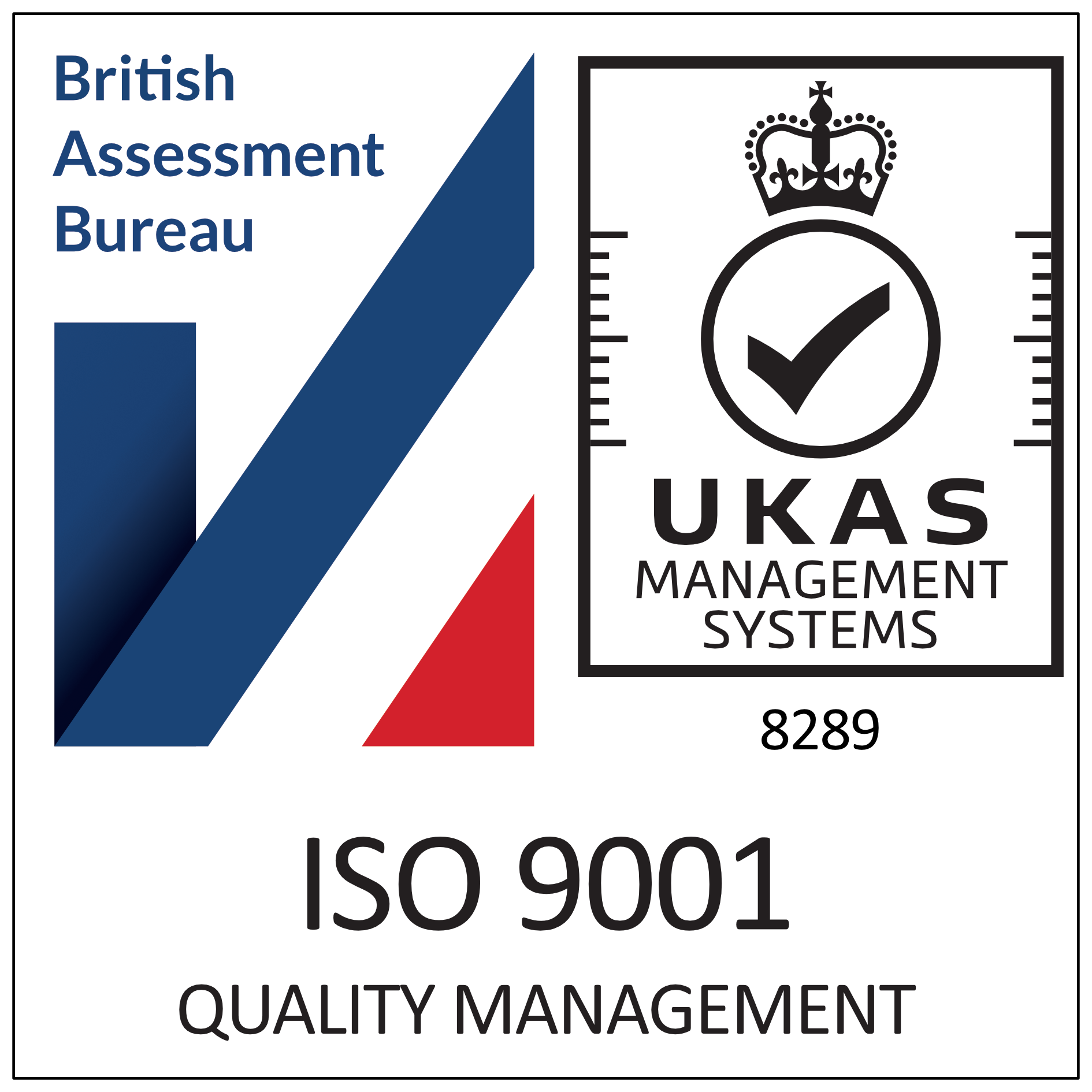Healthcare & Medical
Maximise Product Potency And Save Costs By Cutting Temperature Excursions by 80%
Within the critical domain of healthcare and medical sectors, the role of protective packaging is paramount. It safeguards vital equipment, pharmaceuticals, and medical devices, ensuring the delivery of safe, sterile, and reliable medical products upon which professionals and patients can rely.
At Synergy Packaging, we appreciate the unique complexities and stringent standards of these sectors. We offer bespoke protective packaging solutions that not only maintain the highest levels of safety and cleanliness, but also cater to the specific requirements of various medical products. Our solutions are designed to withstand transportation, storage, and usage conditions, thus preserving the stability and efficacy of the enclosed medical goods.
Through our cutting-edge and compliant packaging solutions, we contribute to the continuity of essential healthcare services, minimising the risks associated with product damage, contamination, and degradation.
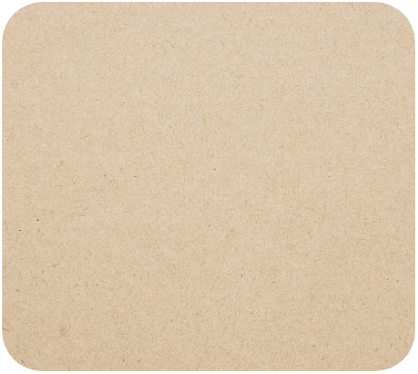


Why You Should Experience Customised and Sustainable Pharma & Healthcare Packaging Solutions with Synergy?
Synergy understands that your medical products are highly sensitive and we know that you operate in a tightly regulated environment. Our personalised solutions are tailored to your specific requirements, allowing you to protect your products during transportation, storage, and display while also showcasing your brand and providing essential information to customers.
With our innovative packaging solutions, you can minimise waste, reduce costs, and enhance the quality and safety of your products, all while creating a positive customer experience that keeps customers coming back for more. Choose Synergy Packaging as your partner in high-quality, cost-effective, and sustainable packaging solutions for the healthcare and medical industry.

Temperature Controlled Packaging
For Pharmaceutical, Biopharma & Medical.
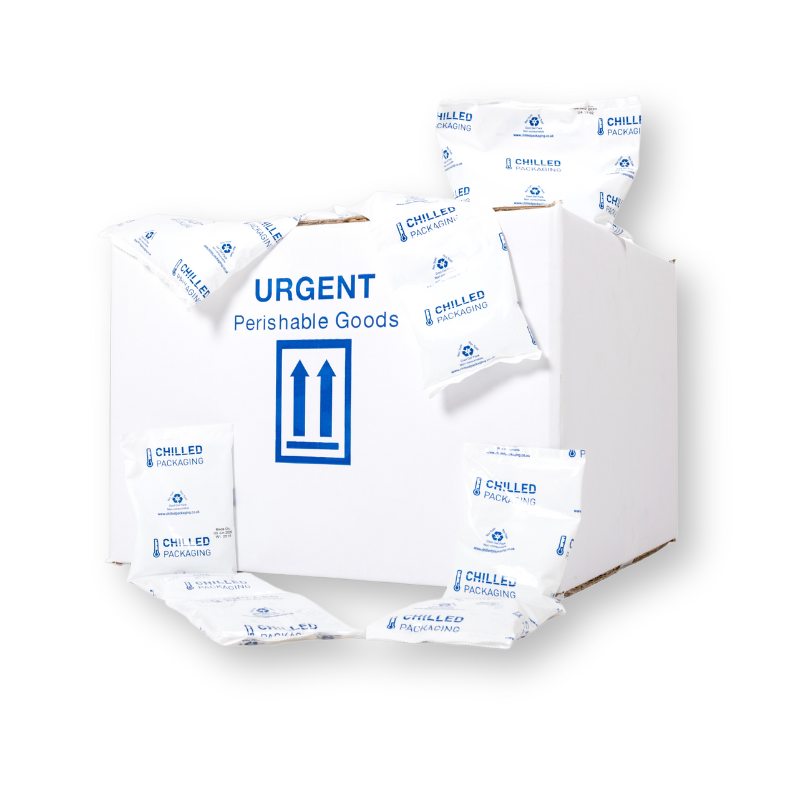
Within the realms of biopharmaceuticals, healthcare, and drug development, it's of paramount importance to ensure the preservation of delicate items - be it immunisations, medicinal compounds, or organic specimens - at exacting thermal conditions. This ensures their untarnished performance, security, and longevity during conveyance and warehousing. Synergy Packaging offers an array of innovative, thermally regulated encasements to shield your valued products and maintain their inherent qualities.
Our adeptly crafted packaging solutions, specifically tailored for temperature-sensitive healthcare and pharmaceutical goods, diligently work to sustain these items within a predetermined thermal scope. This warrants their uncompromised safety and potency. Reach out to us at your earliest convenience to unveil how Synergy Packaging can adeptly address your unique temperature-controlled containment needs, providing unparalleled protection for your biopharmaceutical, healthcare, and drug development products during transit and storage.
Don't trust us. Trust them...
Healthcare Case Studies
Healthcare
Improving cost effectiveness and protection of their operations
fully transit tested solution that protects the products from transit and handling damage.
Little bit about Synergy Packaging.

At Synergy Packaging we are committed to protecting the worlds finite resources and to ensure that all of our solutions have a positive impact on the environment. Within our Research and Development Centre, our Packaging Experts are constantly evaluating and testing new materials whilst further enhancing our current range of packaging solutions to ensure that they are of the highest level of performance but the lowest level of impact on the environment.
Synergy’s in-house research and development team provides your company with an advantage over rivals. How you ask? With our extensive knowledge of the packaging industry we can offer innovative, bespoke solutions that use the most cutting edge packaging materials to give your product the maximum protection whilst using the minimum packaging material.
We don't like to blow our own trumpet. But our clients do love us and these are some of the many benefits we've been able to help them with:
Decreased logistics and transportation costs due to minimised package cube size and reduced damages
- Slick and easy process from start to finish
- Fast lead and delivery times on packaging products.
- Minimised product damage and a decrease in logistics and transportation costs of products.
- Decreased logistics and transportation costs due to minimised package cube size and reduced damages
There are very few businesses in the packaging industry that provide fast, quality manufacturing of packaging but at Synergy we have invested in our people and our manufacturing equipment to ensure that your orders are processed as quickly as possible whilst ensuring that quality always remains high. With this investment, we can also increase the speed in which you receive your packaging delivery, this is just one of many reasons that our clients choose us every time.
Our 3 step process.
1
Enquire
The first step is to click on the button below to initiate a free packaging consultation where we
discuss your product and needs.
2
Design & Create
We then get to work designing and creating your new bespoke packaging solution.
3
Deliver
The final step is to then deliver your packaging in an efficient and timely manner.
Some of our Pharmaceutical, BioPharma & Healthcare
packaging solutions.
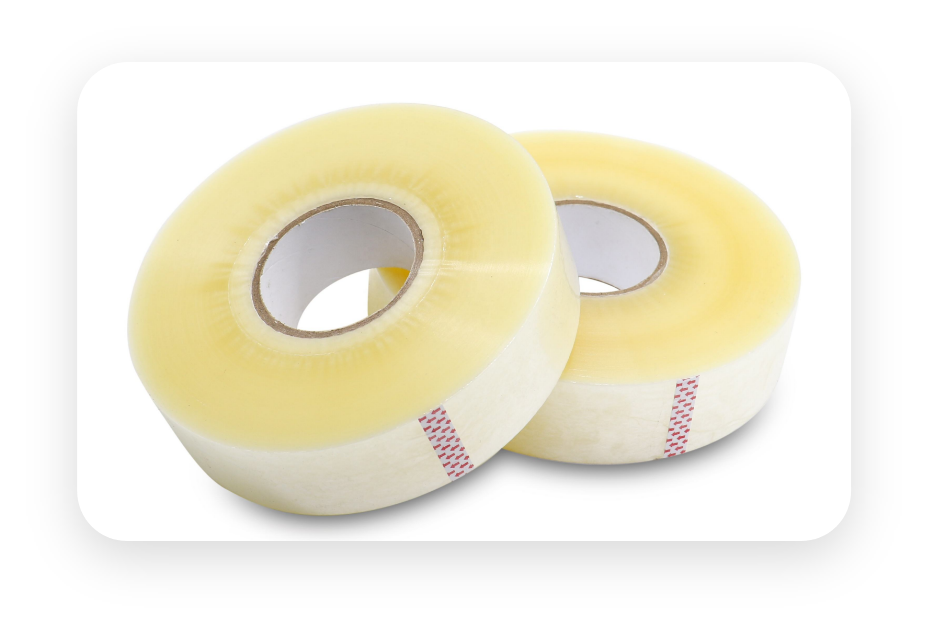
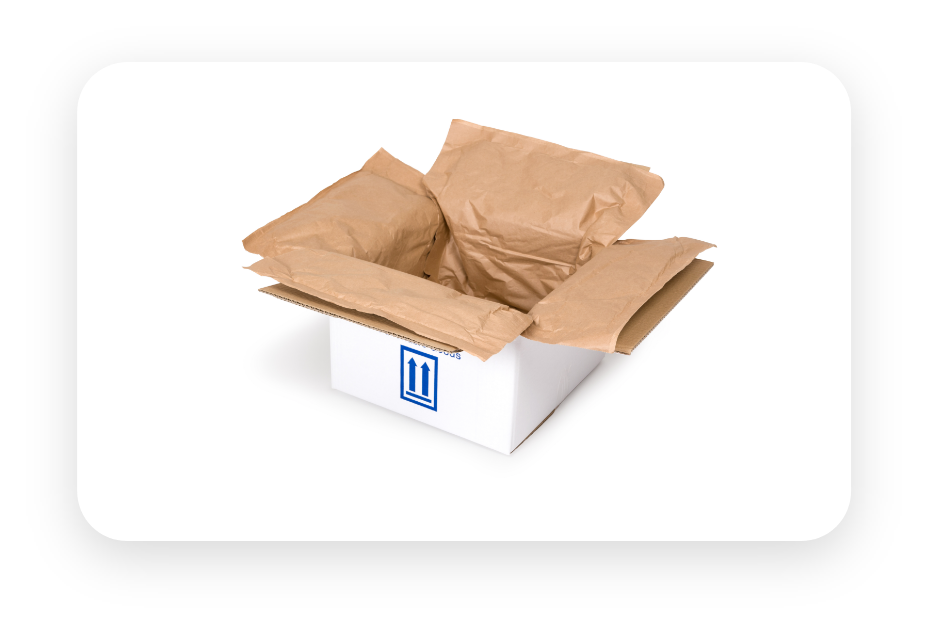
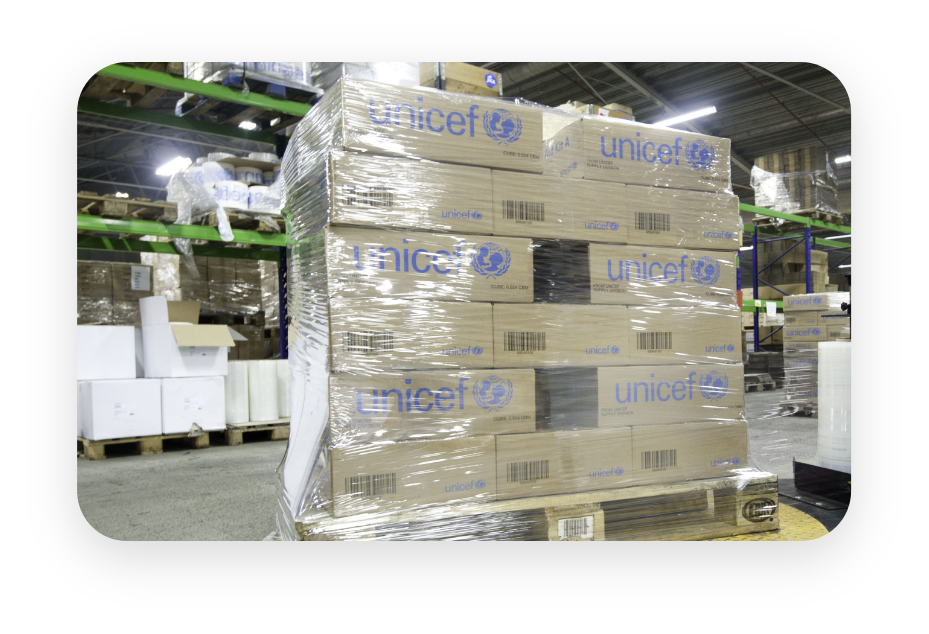
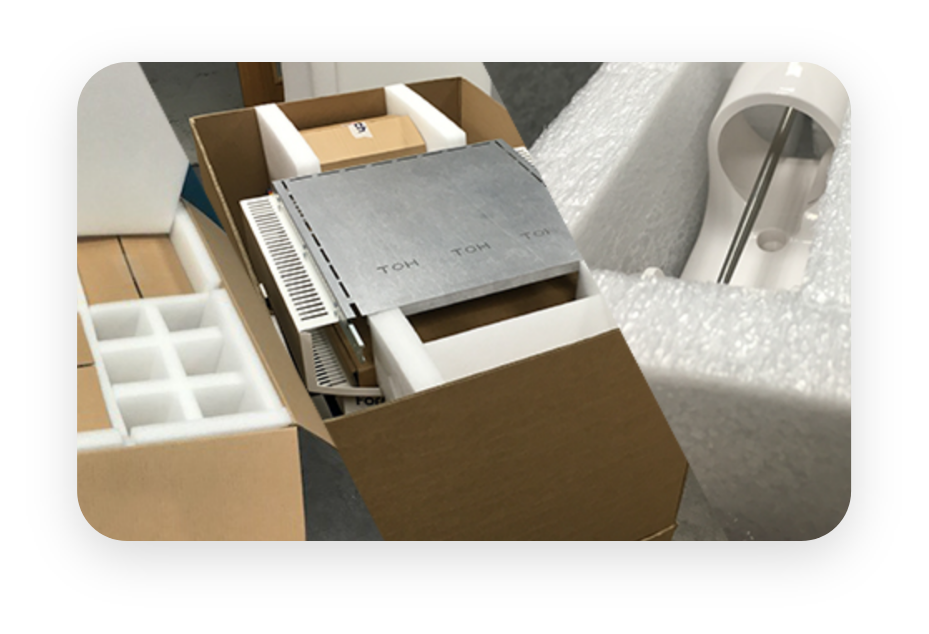
Pharmaceutical packaging involves the use of different levels of packaging to protect and contain medications or medical devices during transportation, storage, and sale.
Primary packaging is the initial layer that comes into direct contact with the medication or device, such as the bottle, blister pack, or vial. It is designed to provide a sterile, tamper-evident, and protective barrier that maintains the quality, potency, and efficacy of the product. Primary packaging is crucial in protecting the product from physical damage, contamination, and exposure to air, moisture, or light.
Secondary packaging is the layer outside the primary packaging, which can include cartons, labels, and inserts. It is designed to provide additional protection, identification, and information to the product. Secondary packaging can also facilitate proper storage, handling, and distribution of the product.
Tertiary packaging refers to the shipping or bulk packaging used to transport large quantities of products, such as pallets or containers. Tertiary packaging is designed to protect and secure the secondary packaging during transportation and storage.
In summary, primary packaging is the first layer of protection, secondary packaging provides additional information and protection, while tertiary packaging is used for shipping and bulk storage. The different levels of packaging work together to ensure the safety, quality, and integrity of the medication or device.
Pharmaceutical packaging materials are chosen based on the specific requirements of the product, including factors such as stability, compatibility, safety, and regulatory compliance. Some common materials used in pharmaceutical packaging include:
Primary packaging materials:
- Glass: vials, ampoules, syringes
- Plastic: bottles, blister packs, bags, tubes, inhalers
- Aluminum: blister packs, foil seals
- Rubber: stoppers, closures
- Films: used for strip packs, sachets, pouches, and blisters
Secondary packaging materials:
- Paperboard: cartons, sleeves, inserts
- Labels: pressure-sensitive, self-adhesive, peel-and-seal
- Leaflets: product information, patient instructions, and warnings
- Tapes: adhesive tapes for sealing cartons and labels
- Shrink wraps: used for tamper-evident seals
Tertiary packaging materials:
- Corrugated boxes: used for shipping products, storing bulk quantities
- Pallets: to support and protect shipping containers
- Stretch wrap: used to hold boxes and containers together on pallets
- Strapping and ties: used to secure pallets and boxes during transportation
It's important to note that some materials can be used in more than one level of packaging, depending on the product and specific requirements. Additionally, the choice of packaging materials must comply with regulatory standards to ensure the safety, efficacy, and quality of the pharmaceutical product.
The common downfalls of secondary and tertiary pharmaceutical packaging can include:
Inadequate protection: If the packaging does not provide sufficient protection against physical damage, temperature fluctuations, moisture, or light exposure, it can compromise the quality and safety of the product.
Poor labeling or identification: If the packaging does not have clear and accurate labeling or identification, it can lead to errors in dispensing, administering, or storing the product.
Excessive packaging: If the packaging is too bulky or heavy, it can result in increased shipping and storage costs, as well as increased waste and environmental impact.
Compatibility issues: If the packaging materials are not compatible with the product, it can result in interactions, degradation, or contamination of the product.
Supply chain disruptions: If the packaging materials are not readily available or if there are disruptions in the supply chain, it can lead to delays or shortages of the product.
Regulatory compliance issues: If the packaging materials do not meet regulatory standards, it can result in legal or safety issues, including fines, recalls, or harm to patients.
To avoid these downfalls, it's important to work with experienced and knowledgeable packaging providers who can develop customized solutions that meet the specific needs and requirements of the product. This includes selecting appropriate materials, conducting rigorous testing, and adhering to regulatory standards.
The UK has established various rules and regulations for pharmaceutical packaging to ensure that products are safe, effective, and meet regulatory standards. Some of the key regulations and guidelines include:
Medicines Act 1968: This act provides the legal framework for the regulation of medicinal products in the UK, including the authorization, licensing, and marketing of pharmaceuticals.
European Union (EU) Directives: The UK follows EU directives on pharmaceutical packaging, including those related to tamper-evident packaging, labeling requirements, and child-resistant packaging.
The Human Medicines Regulations 2012: This regulation outlines the requirements for the labeling, packaging, and advertising of medicinal products in the UK, including requirements for the display of the product name, dosage, and warnings.
Good Manufacturing Practice (GMP): The UK follows the EU guidelines on GMP, which outline the quality assurance requirements for pharmaceutical manufacturing, including the packaging and labeling of products.
The Falsified Medicines Directive (FMD): The FMD is a European-wide initiative aimed at preventing the entry of falsified medicines into the supply chain. The UK follows the FMD requirements, including the use of unique identifiers on pharmaceutical packaging.
Pharmaceutical companies operating in the UK must comply with these regulations and guidelines to ensure the safety, efficacy, and quality of their products. It's important to work with packaging providers who are familiar with these regulations and can provide customized solutions that meet these requirements.
Pharmaceutical companies are increasingly looking for ways to reduce the environmental impact of their products, including their packaging. To ensure their packaging is sustainable, pharmaceutical companies may take the following steps:
Material selection: Companies may choose packaging materials that are recyclable, biodegradable, or made from sustainable sources, such as plant-based plastics.
Design for sustainability: Packaging can be designed to reduce waste, such as using minimal materials and reducing the size of the packaging. Companies can also consider the use of reusable or refillable packaging.
Life cycle analysis: Companies can conduct a life cycle analysis of their packaging, examining the environmental impact of the packaging throughout its entire life cycle, from production to disposal. This can help identify opportunities to reduce the environmental impact of the packaging.
Collaboration: Pharmaceutical companies can collaborate with packaging providers to develop sustainable solutions, including the use of renewable materials, waste reduction strategies, and improved recyclability.
Regulatory compliance: Companies must also comply with regulations related to the use and disposal of packaging materials, including those related to hazardous materials and recycling requirements.
By taking these steps, pharmaceutical companies can ensure their packaging is sustainable and meets the growing demand for environmentally-friendly products. Additionally, sustainable packaging can help companies reduce costs, enhance their brand image, and promote a more environmentally responsible image.
Tertiary and secondary packaging are important components of the pharmaceutical supply chain, providing protection, identification, and information to the products during transportation and storage. Recyclable thermal packaging solutions for tertiary and secondary packaging can help reduce the environmental impact of pharmaceutical packaging by promoting the use of sustainable and reusable materials.
For tertiary packaging, recyclable thermal solutions may include pallet covers, thermal blankets, and insulation liners made from materials such as recycled polyester or polypropylene. These solutions provide insulation and protection for bulk shipments, helping to maintain the required temperature range during transportation and storage.
For secondary packaging, recyclable thermal solutions may include pouches, bags, and boxes made from materials such as corrugated cardboard or biodegradable plastics. These solutions can be designed to fit specific product dimensions and maintain the required temperature range during transportation, while also being easy to recycle.
In addition to promoting sustainability, recyclable thermal packaging solutions can also provide cost savings by reducing the need for disposable packaging and minimizing waste. Pharmaceutical companies can work with packaging providers to identify and implement the most appropriate and effective recyclable thermal packaging solutions for their specific needs, helping to reduce the environmental impact of their operations while maintaining the safety and quality of their products
Contact our team at Synergy Packaging today and speak to our pharmaceutical packaging experts for more.
Stay ahead of your industry.
Read the latest industry insights including new emerging technology and helpful tips within your industry.
Ready to get started?
Need custom, sustainable packaging for your pharmaceutical products? Choose Synergy Packaging. Our team will exceed your expectations with innovative designs and recyclable thermal packaging.
